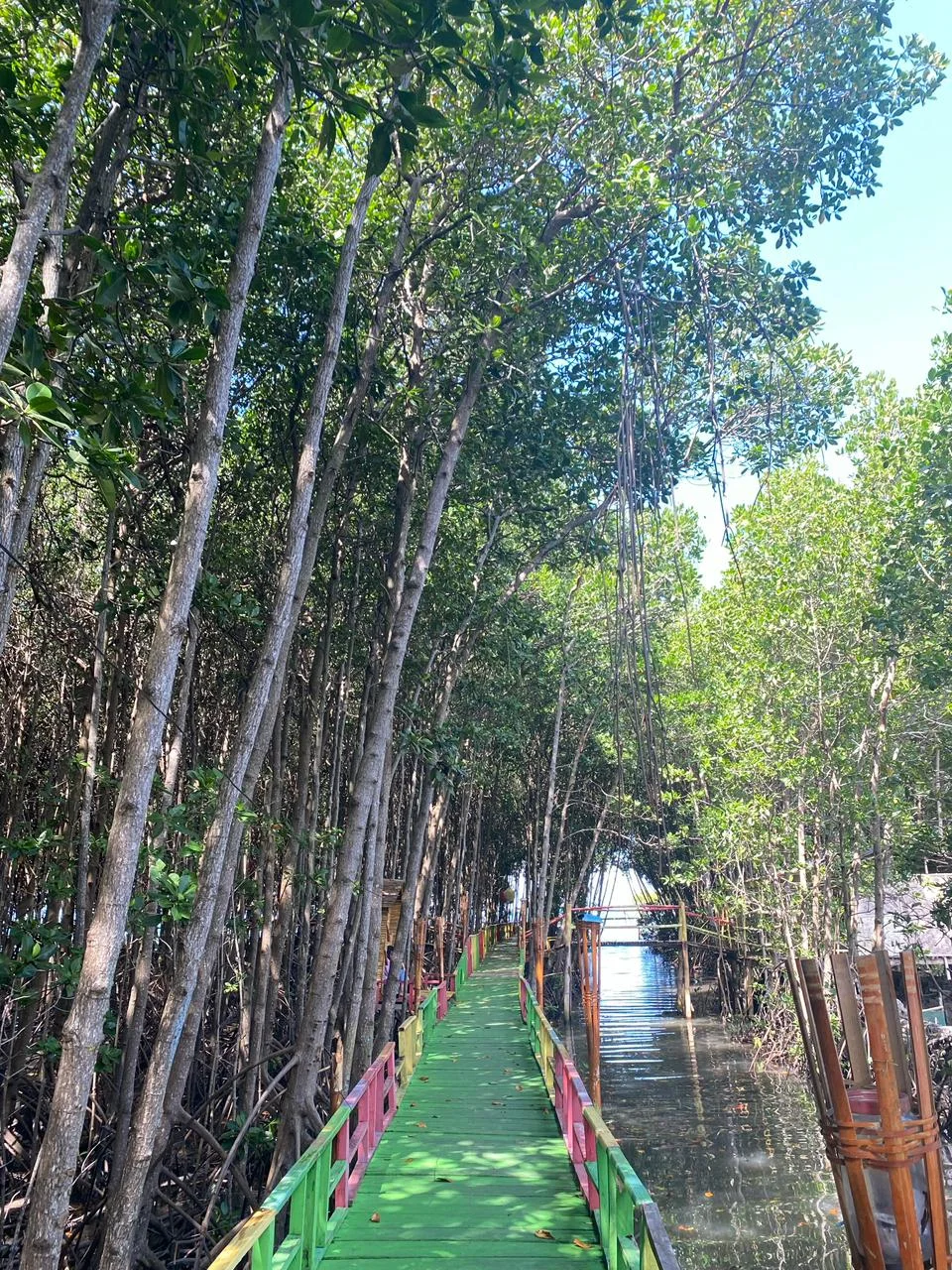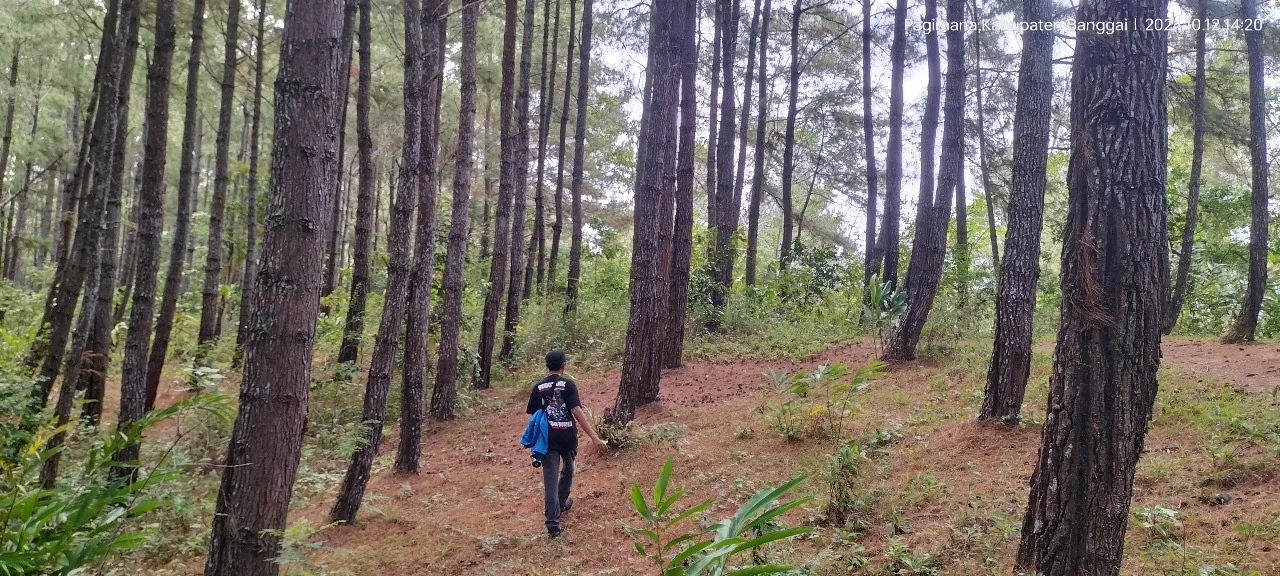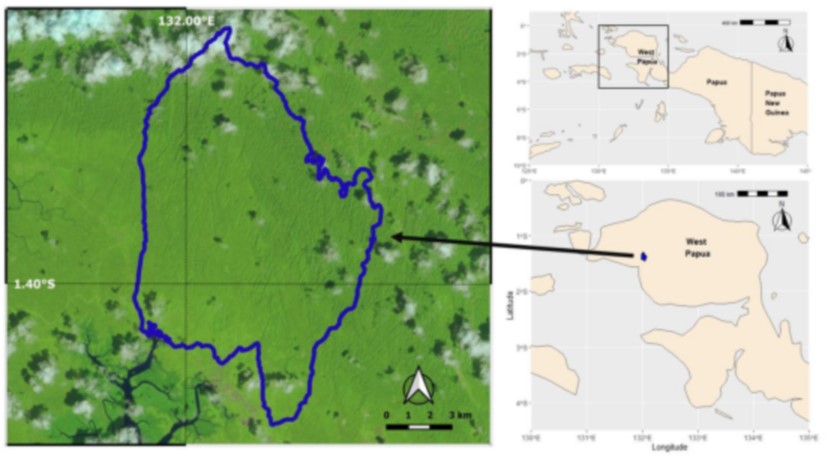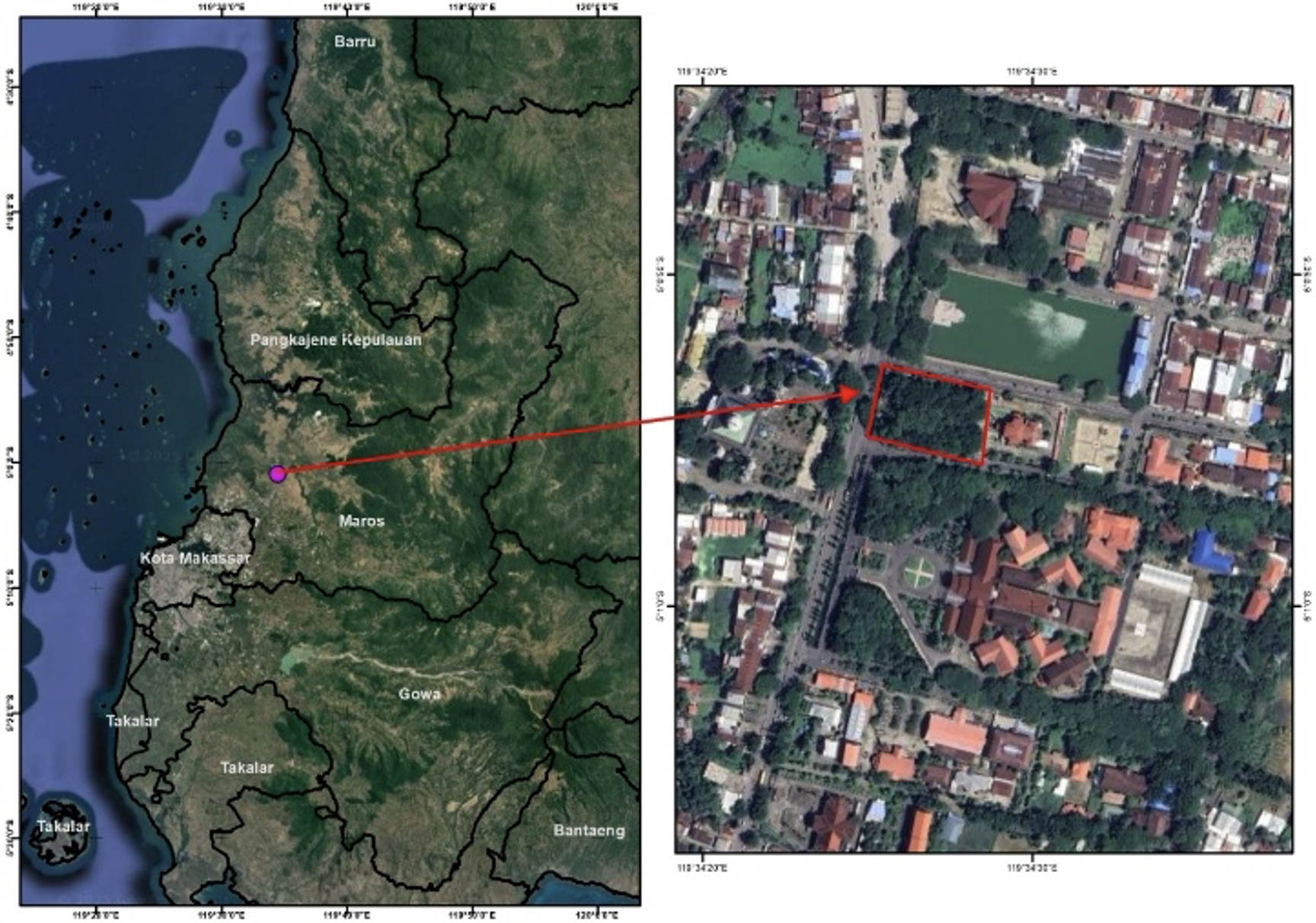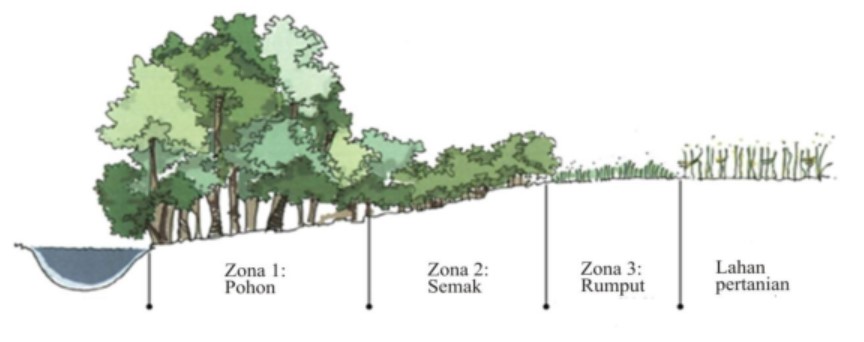Allometric Models for Estimating Tree Biomass of Dryland Secondary Forest in East Halmahera
Abstract
Biomass estimation of secondary forests is required to support the emission reduction of carbon dioxide through an enhancement of forest carbon stocks. Commonly, forest biomass is indirectly estimated using tree biomass allometric models that are developed based on a destructive sampling of sample trees. The availability of biomass allometric models for secondary forests in Indonesia is still limited, particularly for secondary forest ecosystems in eastern Indonesia. This study aimed to develop allometric biomass models for mixed-species trees in a secondary forest of East Halmahera, North Maluku, and to compare their accuracies with some other allometric biomass models that commonly used for estimating biomass of secondary forests. The tree biomass measurement was conducted by using a destructive sampling of 18 mixed-species trees (with diameter range of 5,4 – 36,9 cm) in a secondary forest. The samples of each tree component (stem, branch, twig, and leaf) were analyzed in a laboratory to determine the biomass of each sample tree. Allometric models were developed by using a non-linear regression analysis, which were then compared with other allometric models. This study revealed that the biomass of mixed-species trees in the study area could be estimated accurately using the M7 model that used diameter, height, and wood density variables. Such local allometric model was more accurate than other allometric models commonly used for estimating tropical forest biomass. Alternatively, the M3 model that used diameter and height variables could also be used when wood density data was not available. The local allometric models from this study can enrich the availability of biomass allometric models for secondary forest ecosystems in eastern Indonesia.
##submission.copyrightStatement##
##submission.license.cc.by-nc4.footer##Copyright and License
All articles published in Wasian Journal are the property of the authors. By submitting an article to Wasian Journal, authors agree to the following terms:
-
Copyright Ownership: The author(s) retain copyright and full publishing rights without restrictions. Authors grant the journal the right to publish the work first and to distribute it as open access under a Creative Commons Attribution 4.0 International License (CC BY 4.0).
-
Licensing: Articles published in Wasian Journal are licensed under a Creative Commons Attribution 4.0 International License (CC BY 4.0). This license allows others to share, copy, and redistribute the material in any medium or format, and adapt, remix, transform, and build upon the material for any purpose, even commercially, provided that proper credit is given to the original author(s) and the source of the material

This work is licensed under a Creative Commons Attribution 4.0 International License. -
Author's Rights: Authors are permitted and encouraged to post their work online (e.g., in institutional repositories or on their website) prior to and during the submission process, as it can lead to productive exchanges and greater citation of published work.
-
Third-Party Content: If your article contains material (e.g., images, tables, or figures) for which you do not hold copyright, you must obtain permission from the copyright holder to use the material in your article. This permission must include the right for you to grant the journal the rights described above.
-
Reprints and Distribution: Authors have the right to distribute the final published version of their work (e.g., post it to an institutional repository or publish it in a book), provided that the original publication in Wasian Journal is acknowledged.
For the reader you are free to:
- Share — copy and redistribute the material in any medium or format for any purpose, even commercially.
- Adapt — remix, transform, and build upon the material for any purpose, even commercially.
- The licensor cannot revoke these freedoms as long as you follow the license terms.
Under the following terms:
- Attribution — You must give appropriate credit , provide a link to the license, and indicate if changes were made . You may do so in any reasonable manner, but not in any way that suggests the licensor endorses you or your use.
- No additional restrictions — You may not apply legal terms or technological measures that legally restrict others from doing anything the license permits.
Notices:
You do not have to comply with the license for elements of the material in the public domain or where your use is permitted by an applicable exception or limitation .
No warranties are given. The license may not give you all of the permissions necessary for your intended use. For example, other rights such as publicity, privacy, or moral rightsmay limit how you use the material.




